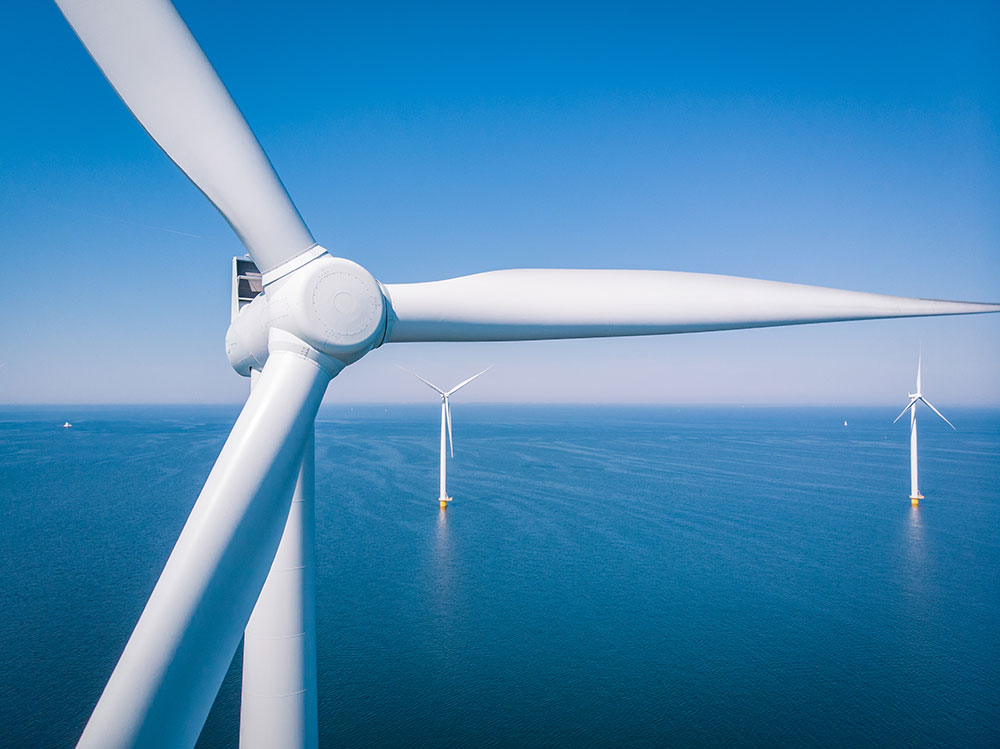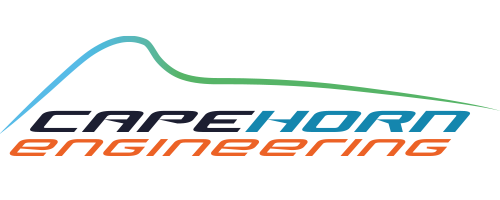
The global market for wind energy at wind farms onshore and offshore is advancing, and it has never before been so important to increase the effectiveness of how turbines are harvesting the wind. At Cape Horn Engineering we apply our expertise in flow analysis and simulation automation from America’s Cup sailing wings technology into wind turbine blades. We have expert knowledge in design optimisation for blades, turbine appendages, flow interaction between hub and blades, and aero-elastic instability mechanisms such as flutter.
We enable simulation models to resolve all-important scales of turbulence through the use of hybrid-LES-RANS models. This is a powerful engineering modelling approach in computations for complex turbulent flows in aerodynamic applications.

Not only is the design of the blades important but also the positioning of the turbines. We incorporate the potential 3D site into the simulation to investigate the whole terrain for different wind directions and strengths, which gives us an ultimate site outlay customised to the desired type of turbine. Rapid variation of wind velocities and wind directions, which may arise from coastal terrain, has significant impact on the control of wind turbines. Frequent and large variations in wind velocities or wind directions across the rotor area are of interest to better understand excessive loads on blades and structures that control yaw. As a result, the data collected from the simulation enables statistical analysis to ensure that load criteria are not exceeded.
See related case studies:

